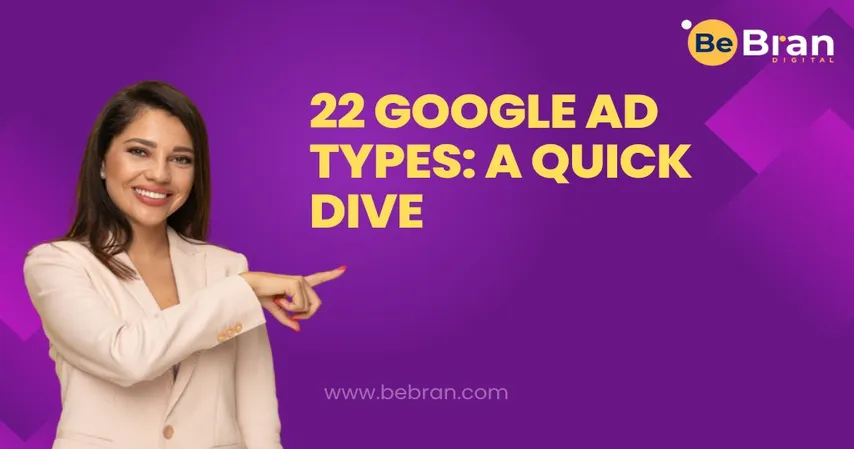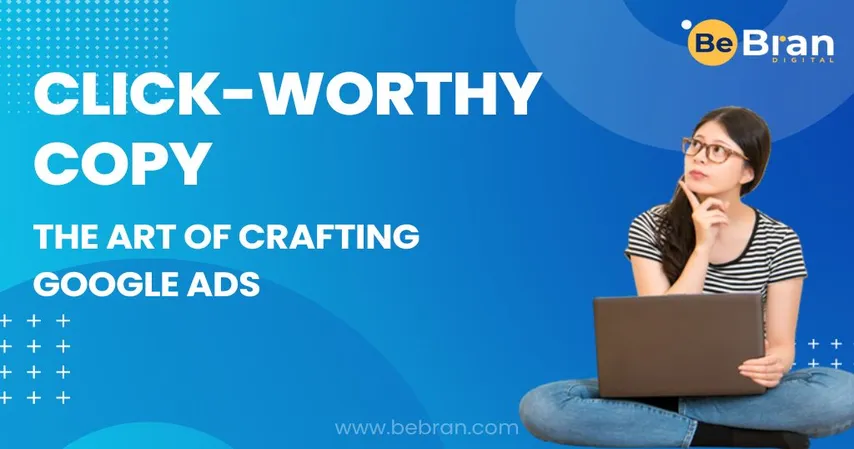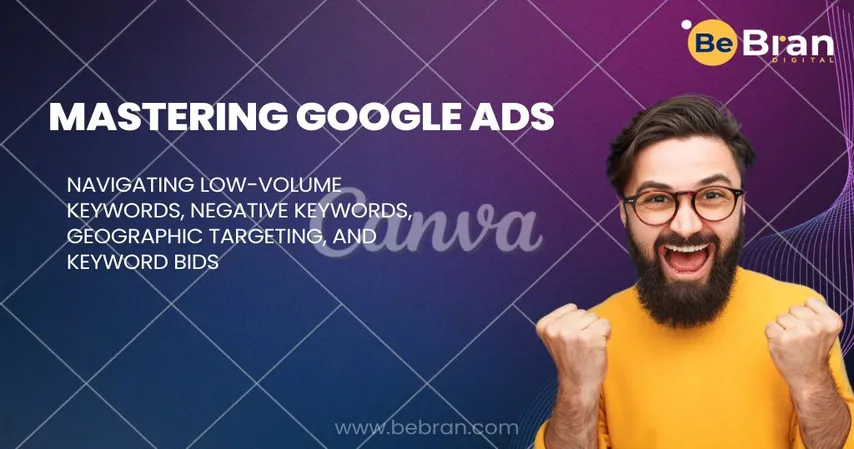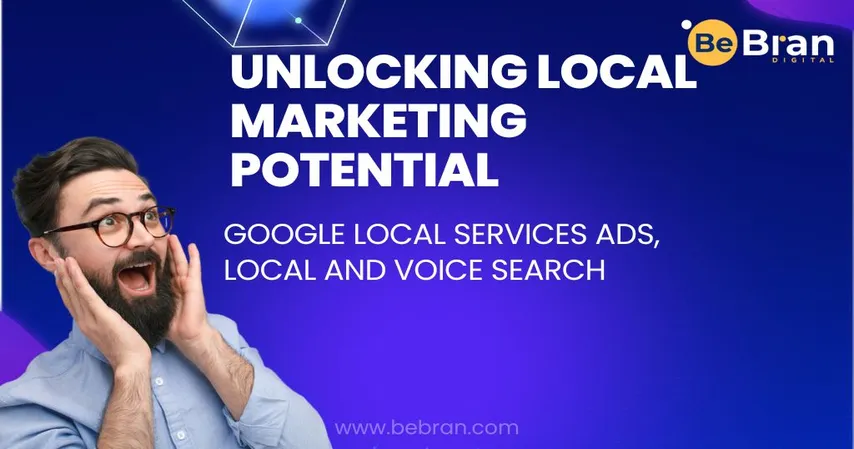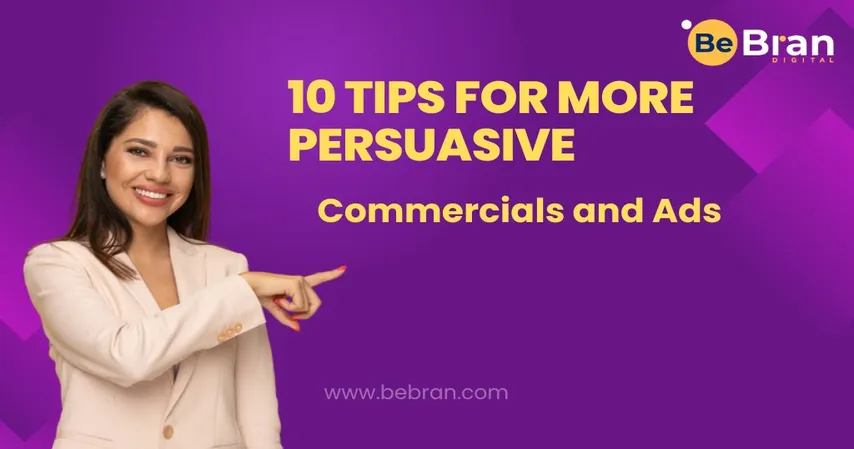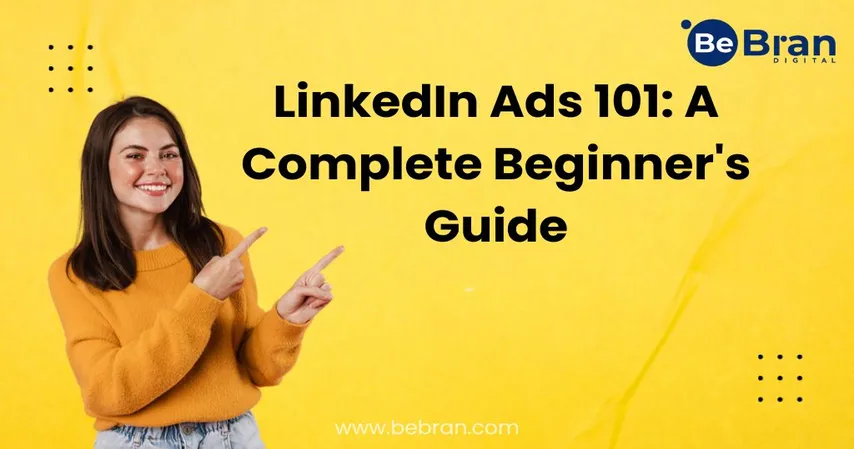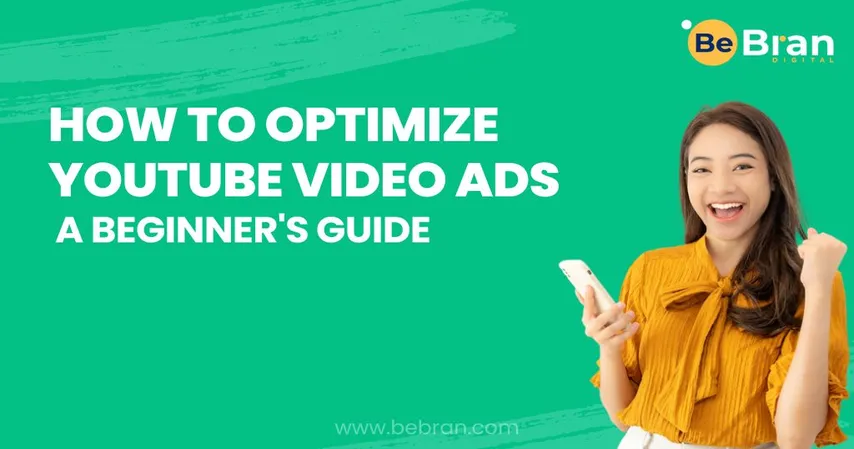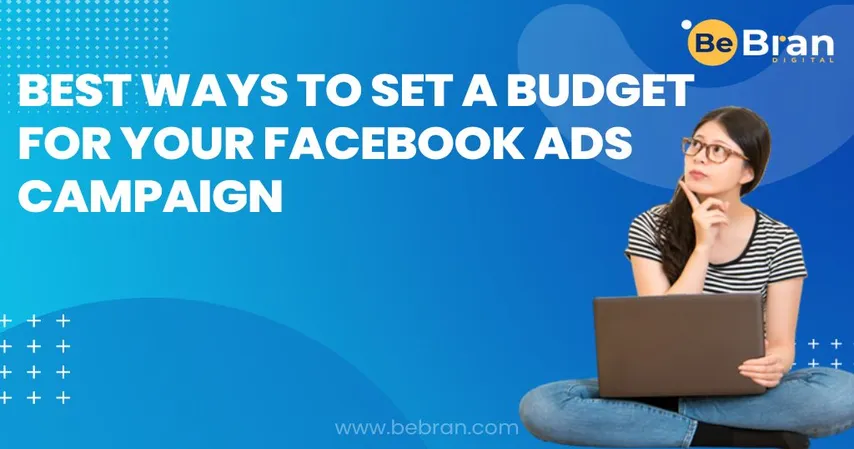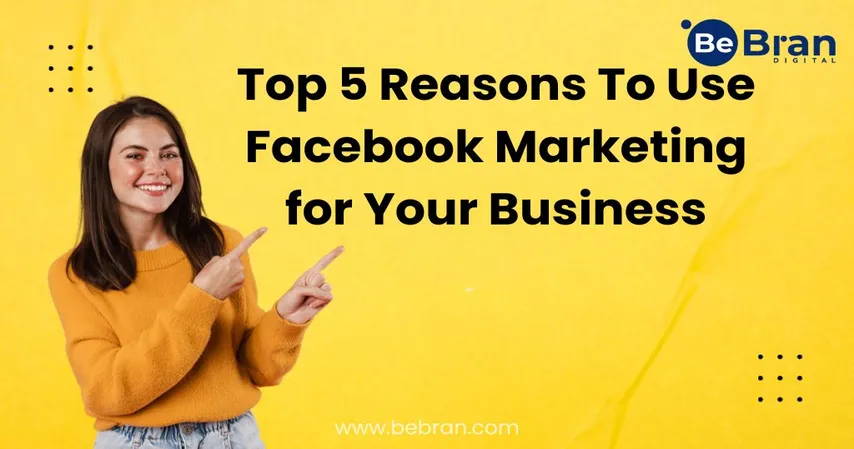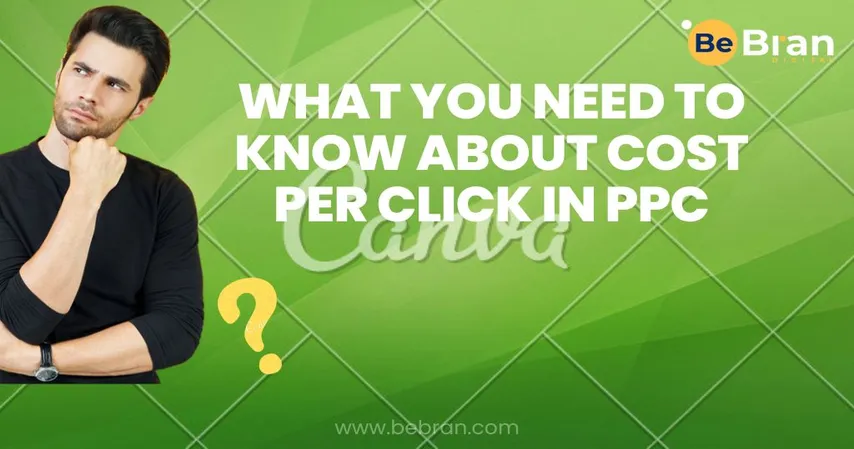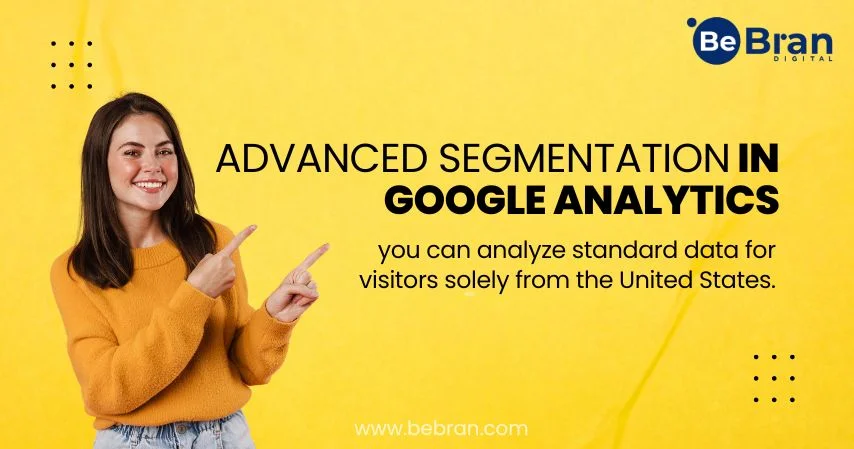You can use one of five different types of Google ad campaigns for your Google advertising ideas.
Search Ad Campaigns
Ads positioned at the top of the Search Engine Results Pages (SERPs) are prominently displayed to users conducting searches. For example, when someone searches for "nursery furniture," the results appear as follows:

Creating search ads is highly advantageous, as highlighted earlier: the platform registers over 3.5 billion searches per day! This makes it an ideal space, given that a considerable number of individuals, including your target audience, are actively searching for the products you offer.
Video Ad Campaigns
Video ads appear before, after, and occasionally during YouTube videos. Research indicates the increasing effectiveness of video content in recent years. Initiating a video ad campaign, distinct from a text ad, could prove beneficial in standing out and capturing the attention of your target market.
Display Ad Campaigns
Display ads serve as a method to target the audience of a specific social media platform, website, or other digital channels for promoting your product or service.
A strategic approach involves identifying the website or brand that most effectively resonates with your target audience. Display ads offer a mutually beneficial arrangement for both you and the site or digital platform owner.
In this arrangement, the website owner receives an agreed-upon commission, typically based on clicks or impressions, while you gain the opportunity to advertise directly to an audience that aligns with your brand. This creates a win-win situation for both parties involved.
App Ad Campaigns
If you have an app, Google app campaigns can be a suitable choice. These campaigns enable you to promote your mobile app across various channels, including Google Play, Google Search Network, Google Display Network, YouTube, and more.
Within app campaigns, you can run ads specifically designed to prompt your target audience to install your app on their devices. Additionally, if there's a new upgrade or version of the app, you can use these campaigns to encourage users to take specific actions related to the app.
Shopping Ad Campaigns
Finally, there are Google Shopping ad campaigns. These ads feature images and prices of your products and are managed through the Google Merchant Center. You input details about the product, and Google generates the ad using this information.
Google Shopping ads are particularly effective when you aim to market a specific product rather than your entire brand.
These examples showcase the various types of Google Ad campaigns. Understanding your product and target market is crucial in determining which campaign aligns best with your specific needs.












